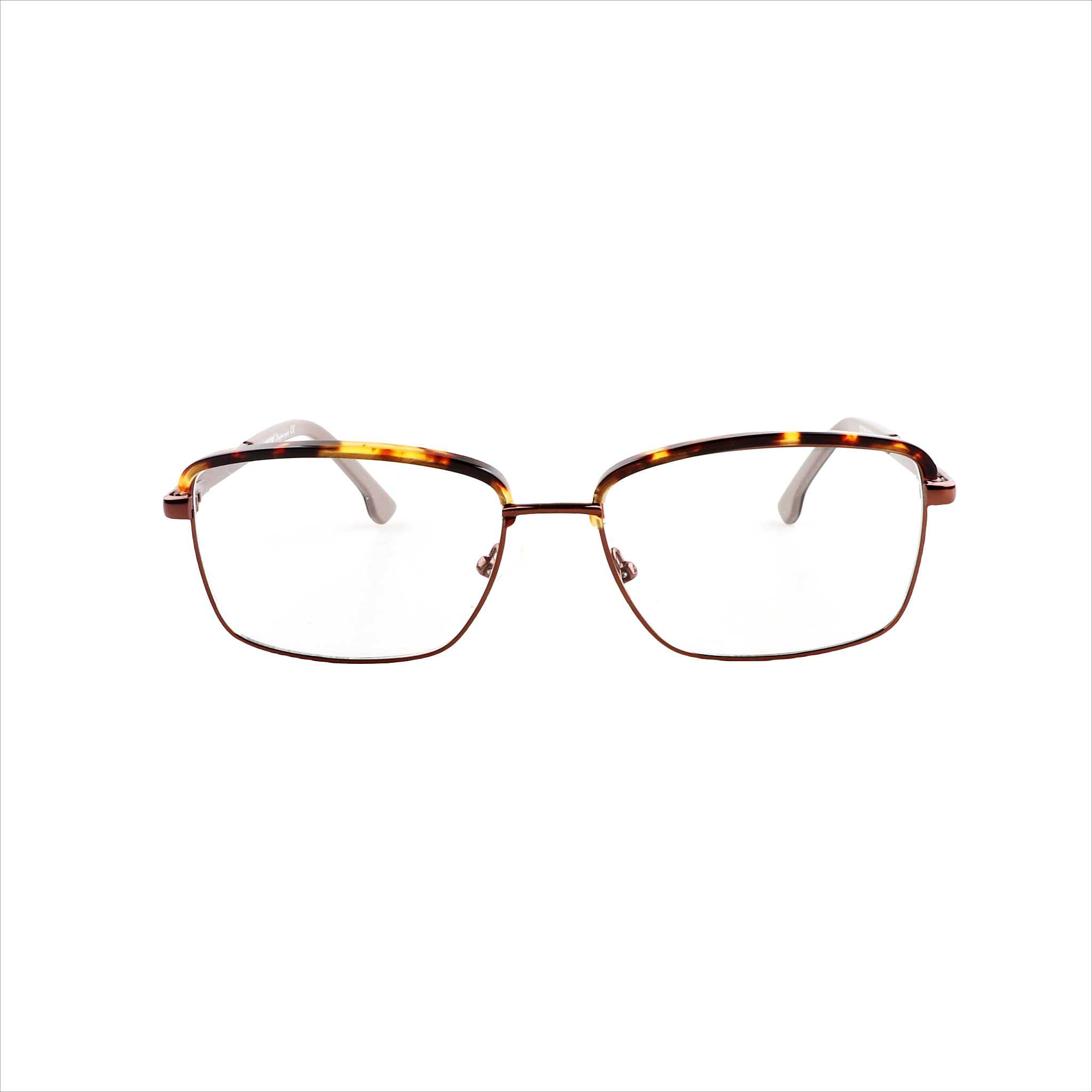1. Purpose
- Toric Lenses: Designed specifically to correct astigmatism, which occurs when the cornea is irregularly shaped. They also correct for nearsightedness (myopia) or farsightedness (hyperopia).
- Non-Toric (Spherical) Lenses: Correct vision issues like nearsightedness or farsightedness, but they do not correct astigmatism. They are suitable for individuals with a normal-shaped cornea.
2. Lens Shape
- Toric Lenses: Have a specialized cylindrical shape with different powers in different meridians to correct astigmatism. This allows them to compensate for the uneven curvature of the eye.
- Non-Toric Lenses: Have a uniform curvature across the lens and provide the same power throughout, making them suitable for those without astigmatism.
3. Fit and Stability
- Toric Lenses: Need to stay in a specific orientation on the eye for optimal vision correction. This often means toric lenses have markings or stabilizing features to help them remain in place.
- Non-Toric Lenses: Can be more flexible and don’t require a specific alignment on the eye since they don’t correct for astigmatism.
4. Price
- Toric Lenses: Generally more expensive than non-toric lenses due to the advanced technology required for correcting both astigmatism and distance vision.
- Non-Toric Lenses: Typically less expensive because their design is simpler, with no additional correction for astigmatism.
5. Suitability
- Toric Lenses: Ideal for individuals with astigmatism who also need correction for nearsightedness or farsightedness.
- Non-Toric Lenses: Best for people who only require correction for myopia or hyperopia and do not have astigmatism.
Summary
- Toric lenses are specialized, more expensive, and designed for people with astigmatism.
- Non-toric lenses are simpler, more affordable, and meant for those without astigmatism.











